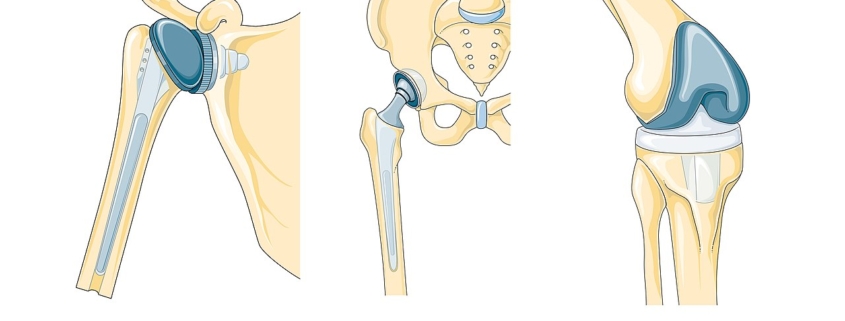Artificial Joint Replacement of the Shoulder

Overview: Artificial Joint Replacement of the Shoulder
The shoulder is a highly mobile joint that’s susceptible to wear and tear, leading to degenerative conditions like arthritis. When non-surgical treatments no longer provide relief, artificial joint replacement of the shoulder becomes a viable solution. This surgical procedure involves replacing the damaged parts of the shoulder joint with a prosthesis to alleviate pain and improve mobility.
Types of Shoulder Joint Replacement
There are two main types of shoulder joint replacements: Total Shoulder Arthroplasty (TSA) and Reverse Total Shoulder Arthroplasty (RTSA). TSA is the more traditional procedure where the damaged bone and cartilage are replaced with a plastic cup and a metal ball. RTSA, on the other hand, does the opposite by using a metal cup and a plastic ball. The type of surgery you need will be determined by the nature of your shoulder condition.
Causes of Shoulder Joint Degeneration
Various factors can lead to degeneration of the shoulder joint, which necessitates replacement. These include:
-
- Osteoarthritis: This condition, usually related to age, results from wear and tear on the joint over time.
-
- Rheumatoid arthritis: An autoimmune disorder that causes inflammation and destruction of the joint.
-
- Rotator cuff tear arthropathy: A long-term tear in the shoulder’s rotator cuff can lead to joint damage.
-
- Severe fractures or injuries: Significant trauma to the shoulder can destroy the joint.
Symptoms Necessitating Joint Replacement
Shoulder replacement may be considered when symptoms persist despite non-surgical treatments. These symptoms might include:
-
- Persistent shoulder pain, even while at rest
-
- Decreased mobility, affecting daily activities
-
- Loss of function and strength in the shoulder
-
- Failure of previous shoulder surgeries
Diagnosing Shoulder Joint Damage
Diagnosis of shoulder joint damage involves a physical examination and obtaining a medical history. Your doctor may also order imaging tests like X-rays or MRIs to view the extent of the damage.
Treatment Options: Artificial Joint Replacement and Others
Non-surgical treatments like medication, physical therapy, and corticosteroid injections are typically tried first. When these fail to relieve symptoms, artificial joint replacement becomes an option. The type of surgery will be based on your specific condition, medical history, and overall health.
Living With Artificial Joint Replacement of the Shoulder
After surgery, you will most likely require physiotherapy to regain strength and mobility. It’s important to follow your doctor’s recovery plan to ensure the best possible outcome. Pain medication may be prescribed, and you might need to make certain lifestyle changes such as avoiding heavy lifting.
When to Seek Help
If you’re experiencing persistent shoulder pain that’s affecting your quality of life, it’s time to consult a medical professional. Additionally, if you have already undergone shoulder replacement surgery and are experiencing complications like infection or chronic pain, seek medical help immediately.
Remember, living with chronic pain isn’t necessary. Artificial joint replacement surgery can significantly improve your quality of life by providing relief from pain and enhancing mobility. Always discuss all treatment options with your doctor to make an informed decision about your health.
